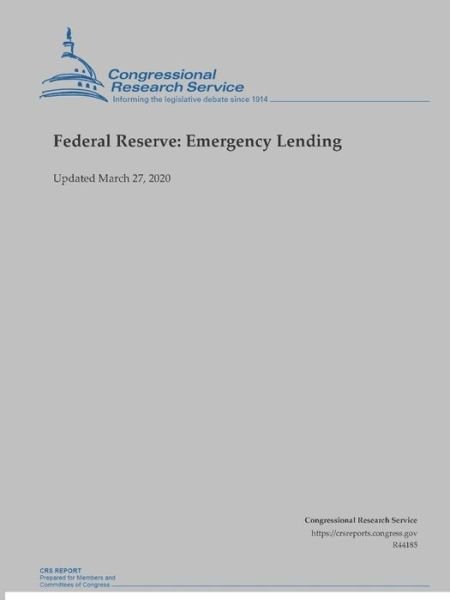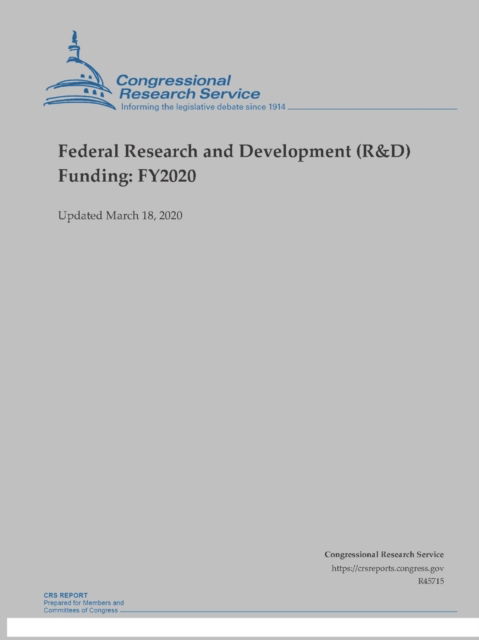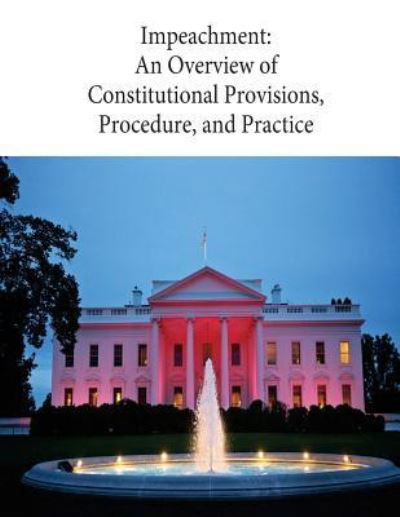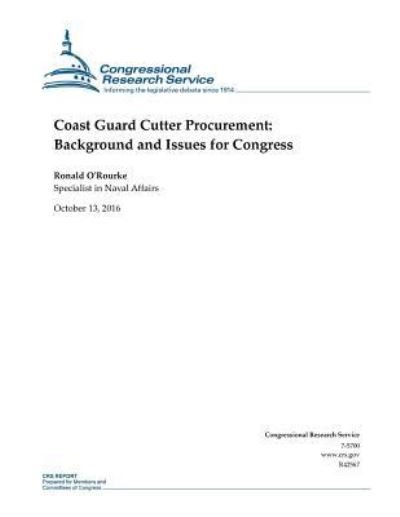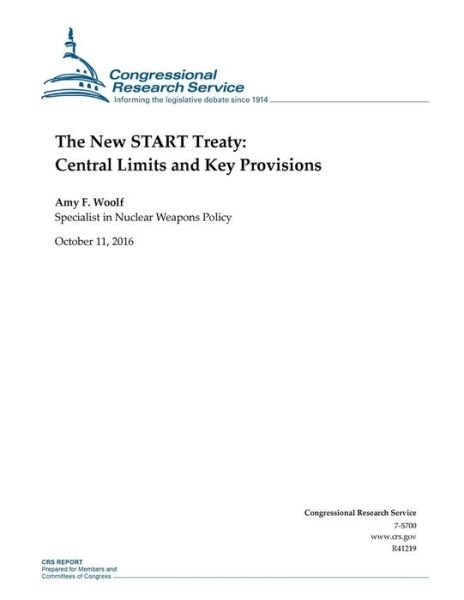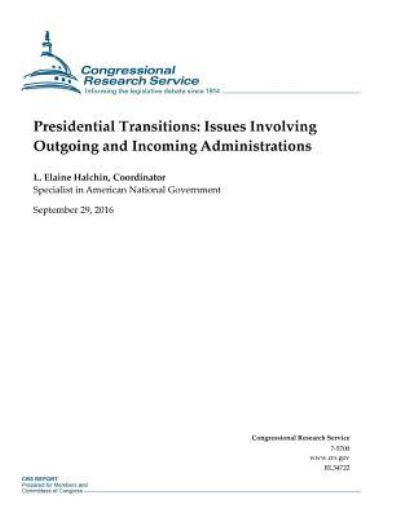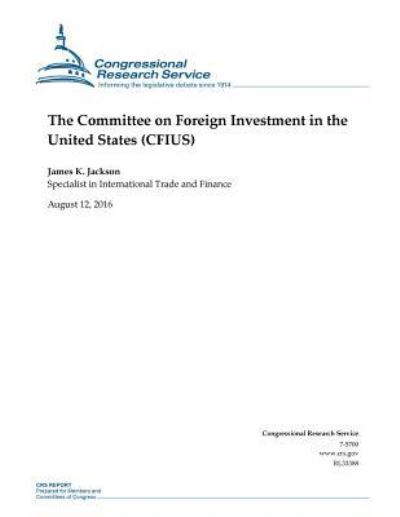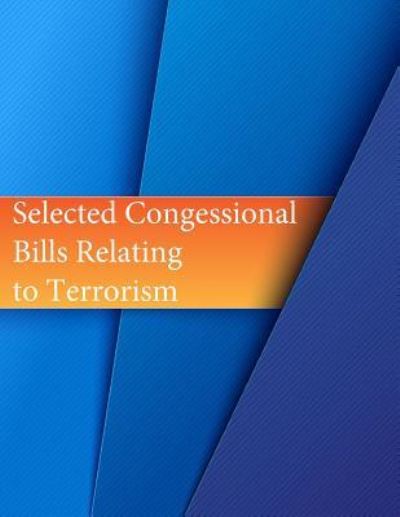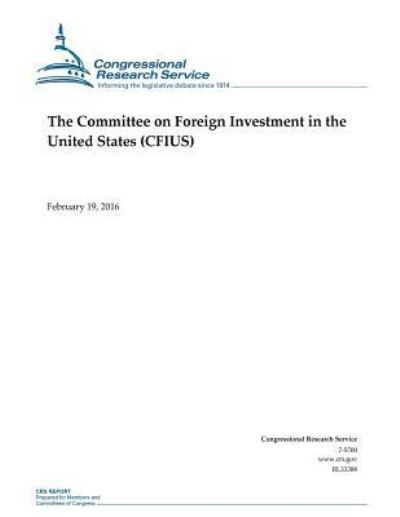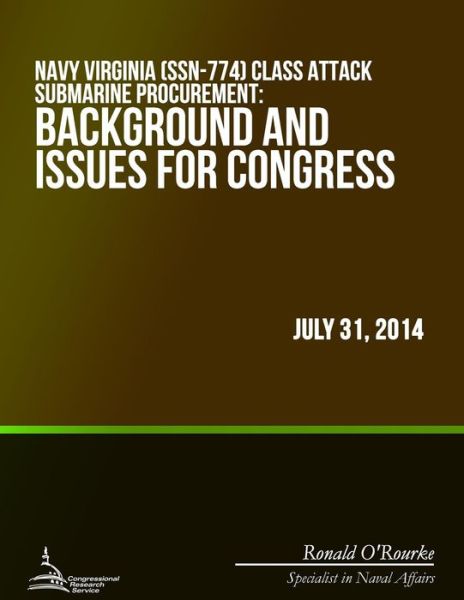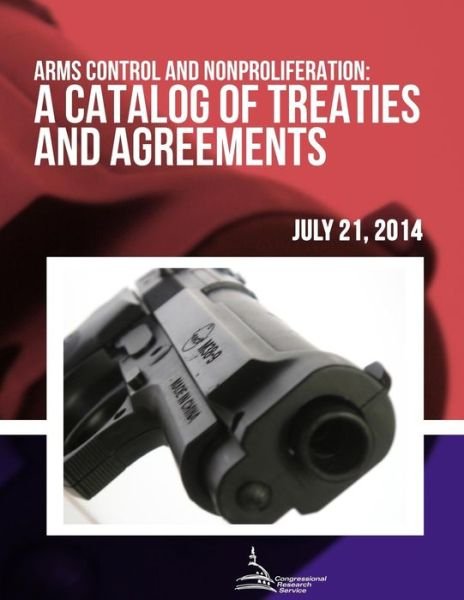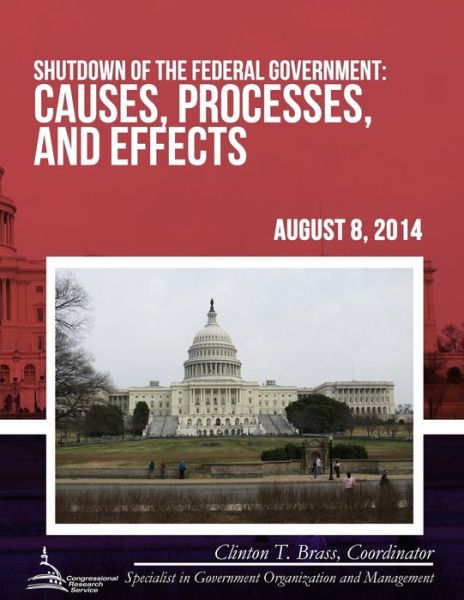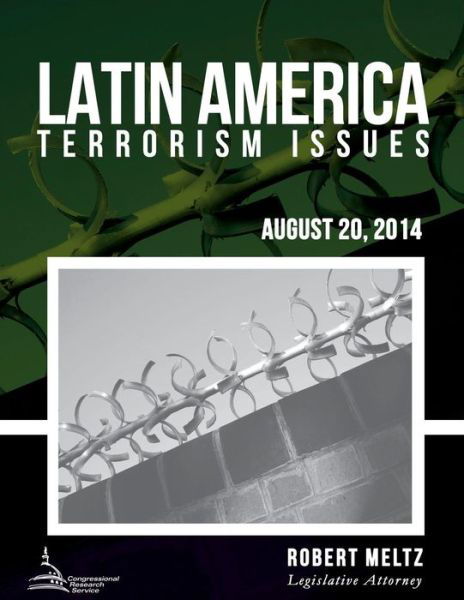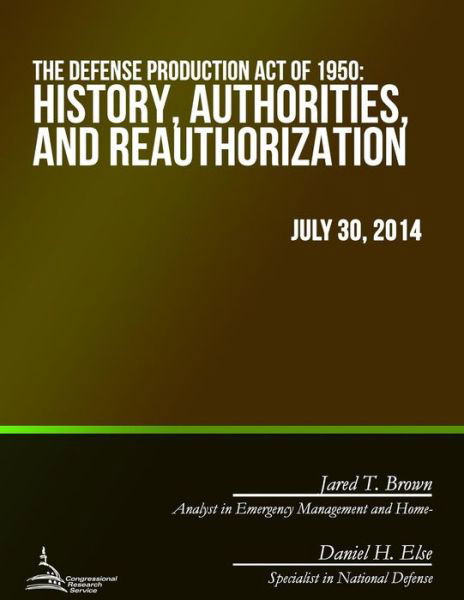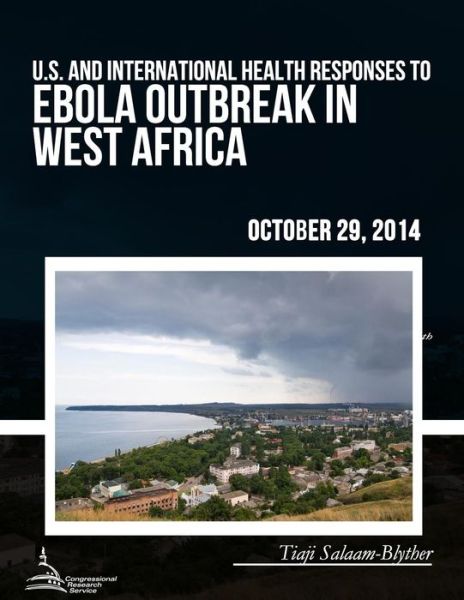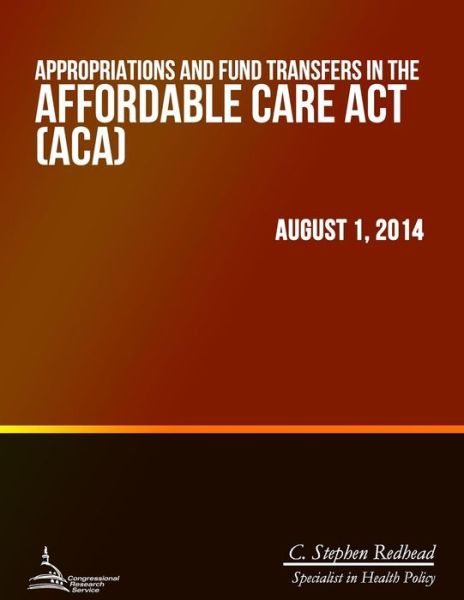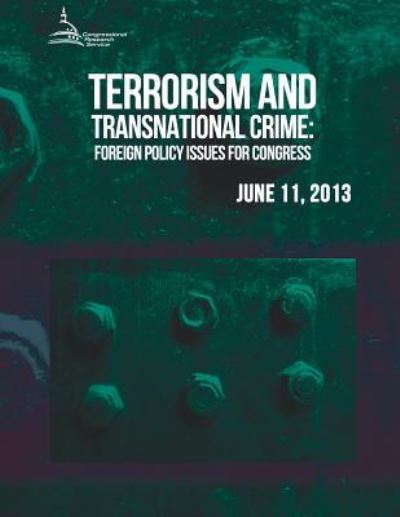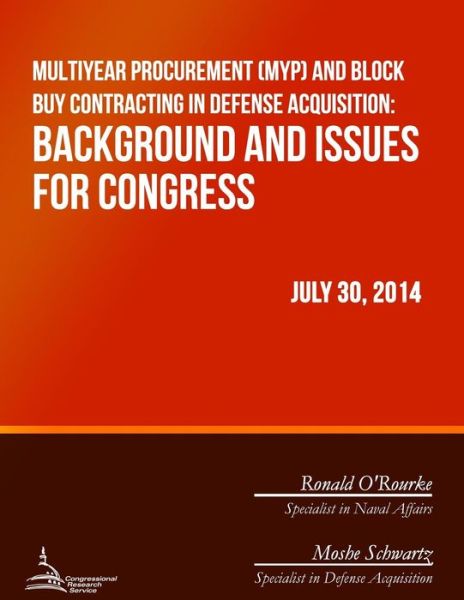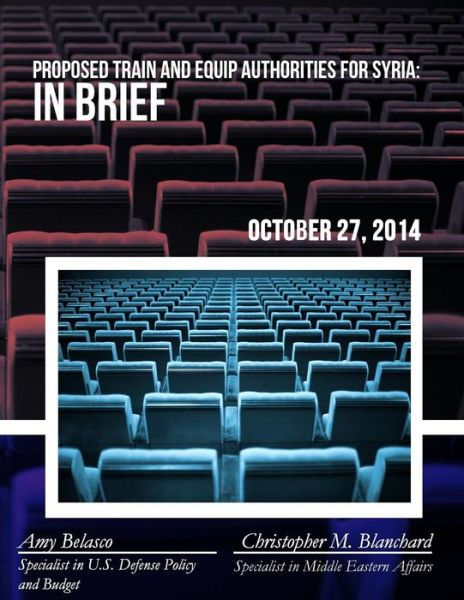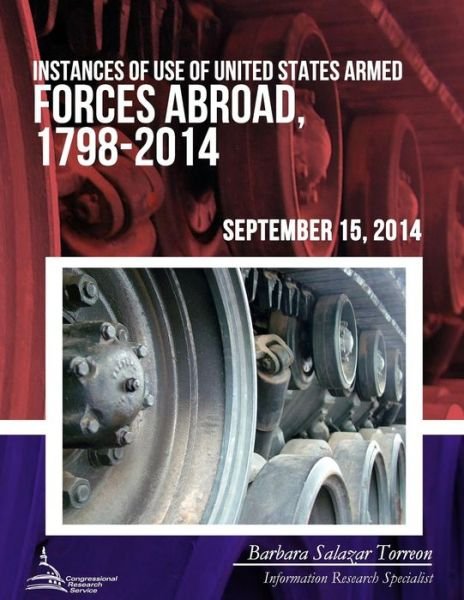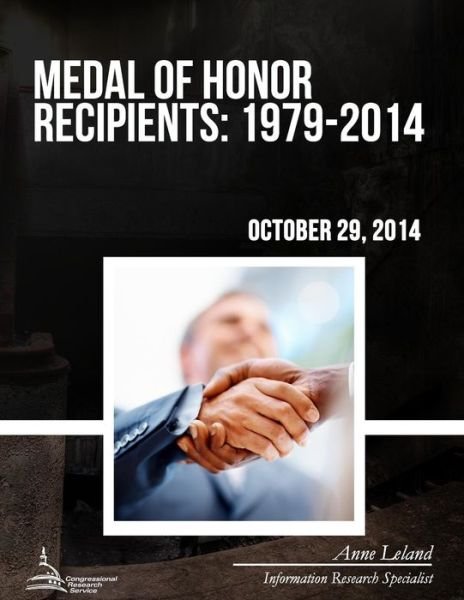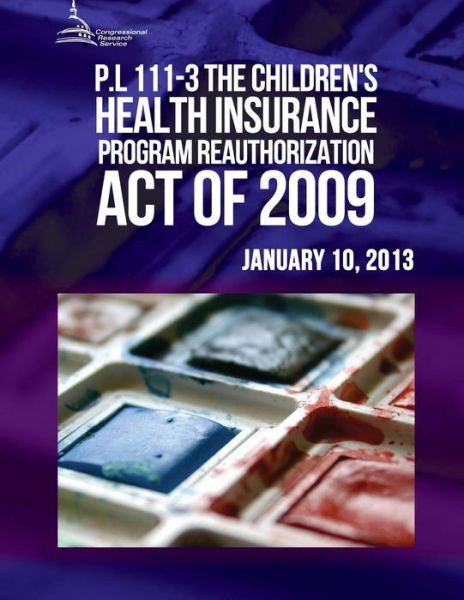
Tell your friends about this item:
MS-13 in the United States and Federal Law Enforcement Efforts
Congressional Research Service
MS-13 in the United States and Federal Law Enforcement Efforts
Congressional Research Service
The Mara Salvatrucha (MS-13) is a violent criminal gang operating both in the United States and abroad-namely Central America. MS-13 was formed on the streets of Los Angeles, CA, in the 1980s by refugees who were fleeing civil conflict in El Salvador. It became a transnational gang as MS-13 members who were deported from the United States to Central America helped establish gang ties and spread U. S. gang culture abroad. In the United States, MS-13's structure largely consists of loosely organized cells, or "cliques," that each control specific territory. While some have suggested that the size of MS-13 has grown in the United States, since at least 2005 law enforcement officials have consistently cited its membership to be around 10,000. Domestically, MS-13 has been involved in local crimes including extortion, drug distribution, prostitution, robbery, and murder, as well as transnational illicit activity such as drug trafficking and human smuggling and trafficking. The gang is known for its particularly violent criminality, which has been demonstrated in a reported uptick in violent homicides attributed to MS-13 in certain locales. Countering gang crime has often been the purview of state and local law enforcement. However, given that gang activity is not constrained by jurisdictional boundaries, and that local law enforcement agencies may not have the capacity to investigate complex gang crimes, federal law enforcement has had a long-standing interest in countering gangs, including MS-13. One element in determining the appropriate federal policy responses to tackle threats posed by MS-13 may be to have a clear conceptualization of the gang. Researchers and criminal justice system authorities have primarily described MS-13 as a criminal gang or a transnational criminal organization (TCO)-concepts that have some overlap in structure, motivation, and criminality. Whether MS-13 demonstrates elements that are uniquely gang or TCO may help inform the federal policy response to its illegal activities. Another challenge in countering the danger posed by MS-13 is understanding the scope of the threat. Key questions focus on the validity of existing estimates and whether the gang is growing in number or in territory. Thus, policymakers may question how officials define and determine gang membership. While there is no centralized database to track gang membership, a number of agencies maintain datasets that contain gang-related information. Policymakers may also question how this information is shared and utilized. Oversight bodies such as the Department of Justice's Office of the Inspector General (DOJ OIG) and the Government Accountability Office (GAO) have recommended means by which federal law enforcement could enhance its enforcement efforts against violent criminal gangs such as MS-13, and policymakers may take interest in whether some of these recommendations are still relevant. There is also a current debate about the relationship between gangs such as MS-13 and unaccompanied alien children (UAC) arriving in the United States. Some have suggested that MS-13's presence in Central America could continue to drive unauthorized migration into the United States by those seeking to escape the gang and its violence. There are also concerns that MS-13 may exploit the U. S. Southwest border by bringing young gang members from Central America to the United States as UAC or may recruit some of the vulnerable UAC to join the gang's ranks once in the United States. Policymakers may seek more data from officials in order to understand the nuances of these potential relationships between MS-13 and UAC.
| Media | Books Paperback Book (Book with soft cover and glued back) |
| Released | September 6, 2018 |
| ISBN13 | 9781727034578 |
| Publishers | Createspace Independent Publishing Platf |
| Pages | 24 |
| Dimensions | 216 × 279 × 1 mm · 81 g |
| Language | English |
More by Congressional Research Service
See all of Congressional Research Service ( e.g. Paperback Book and Book )

 Christmas presents can be returned until 31 January
Christmas presents can be returned until 31 January


